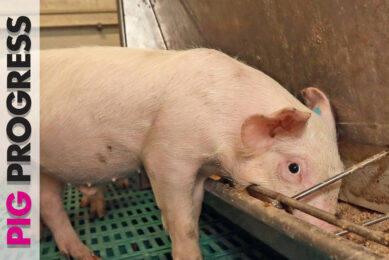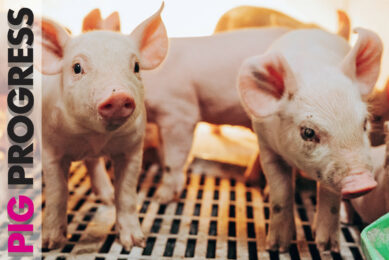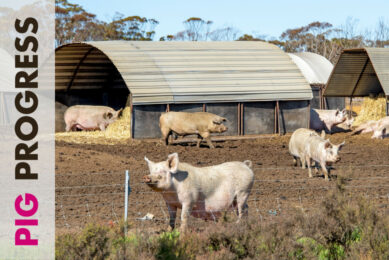Necrosis, nutrition and a new reality in Pig Progress 4
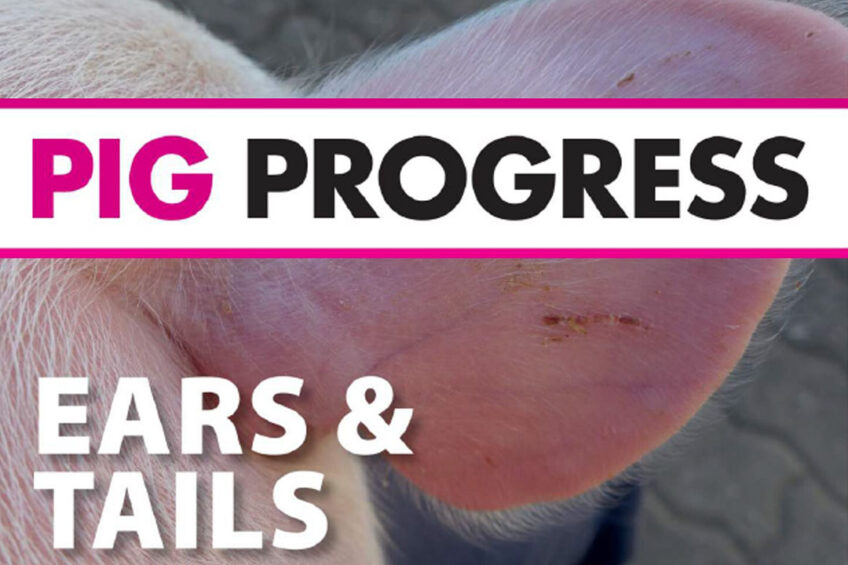
The 4th edition of Pig Progress for 2022 highlights a pig’s ears and tails and the challenges around necrosis. Then, on a farm visit, a Danish pig farmer embraces a new reality of weaning his piglets without zinc oxide, and a professor of animal behaviour and welfare offers insight into how computer vision can help identify pig behaviour.
Necrosis and long tails do not go well together
As the Netherlands moves toward a ban on tail-docking by 2030, the pig farming industry must find a way to keep pigs with long tails, which is only possible on farms that do not suffer from (ear or tail) necrosis, also known as SINS. This article on pages 7-9 covers some interesting points.
Preventing M. hyo and PCV2 to control PRDC
As more is discovered about lung health problems in pigs, it becomes clearer that porcine circovirus 2 plays an important role in the severity of Porcine Respiratory Disease Complex. The virus is often present in co-infections with other pathogens, particularly Mycoplasma hyopneumoniae. Read more on pages 10-12.
Column: Managing risk – from the nutrition desk
In her previous column, columnist, swine nutritionist Dr Casey Bradley, touched on critical nutrition components in our markets’ current state of uncertainty. With spring planting in full swing in the northern hemisphere, it sparked further discussion around the mitigation of risk for swine producers and what role nutritionists should play in this arena, which she discusses in this edition’s column on page 14.
Interview: Integrating computer vision with pig welfare
In an interview on pages 16-18, professor of animal behaviour and welfare, Dr Michael T. Mendl, delves into how computer vision can help identify pig behaviour.
Do pigs get anaemic prior to weaning?
Being anaemic can have serious implications for the pigs as decreased oxygen-carrying capacity of the blood leads to a pig that is less active with a weakened immune response. This article on page 21 considers the demands on a pig with today’s genetics and the “iron gap” that can occur.
Farm visit: Jointly getting used to the new reality
Anders Rold owns Smorup Toftegaard, a 600-sow farrow-to-grower facility in Denmark. The farm sells about 22,000 piglets each year. Rold teamed up with his local animal nutrition company to figure out what further steps he could take to help his weaner pigs grow without using high levels of zinc oxide. Explore the farm on pages 24-27.
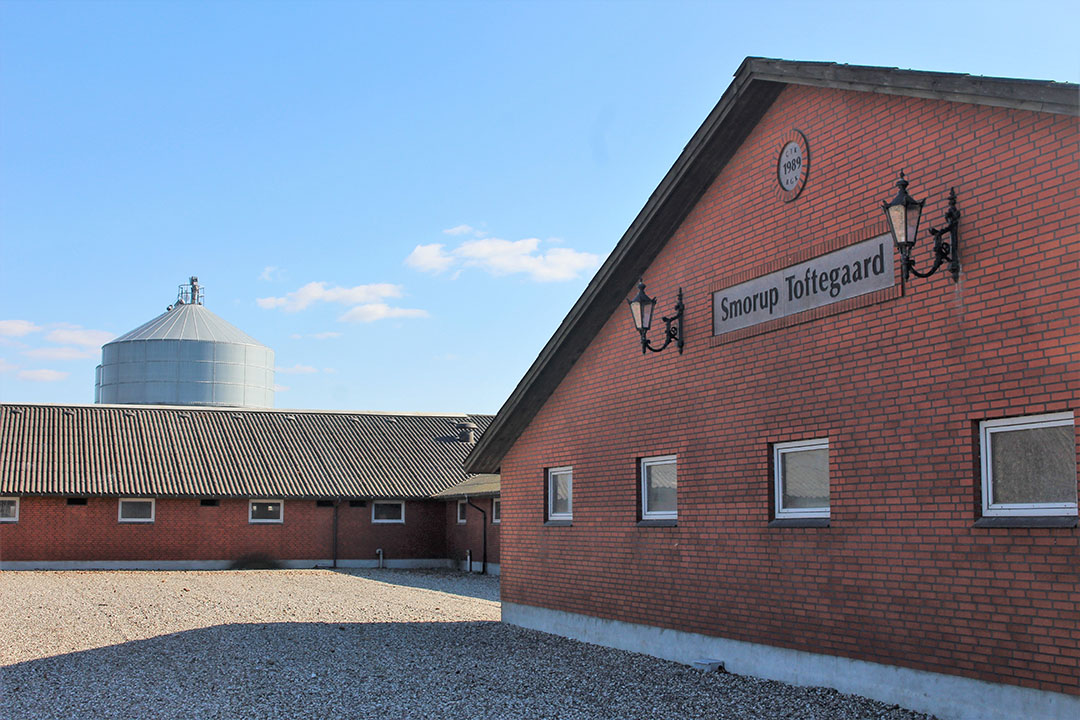
The role of lignans in reducing antibiotic use
Lignans are bioactive substances derived from wood that can support livestock to combat inflammation. This article on page 28-29 considers if these lignans could play a role in reducing the amount of antibiotics that are used on farm.
Stress in finisher pigs? Lithium additives may help
Developing lithium-based feed additives has taken years of study, but in 2020, lithium ascorbate successfully passed its ultimate field trials and is now being registered as a feed additive in Russia. Could this help control stress in finisher pigs? The article on page 30 investigates.
Vitamin and mineral levels in pig diets
In China and Brazil, for example, supplementation levels of vitamins and minerals in pig diets are vastly different from the national recommendations. This article on pages 32-33 explains why, and what the ramifications are.
Effect of feed flavours on weaned pig performance
Could flavour supplementation help ease the transition when piglets move from milk to solid feed, and could it affect feed intake? Find out on page 34.
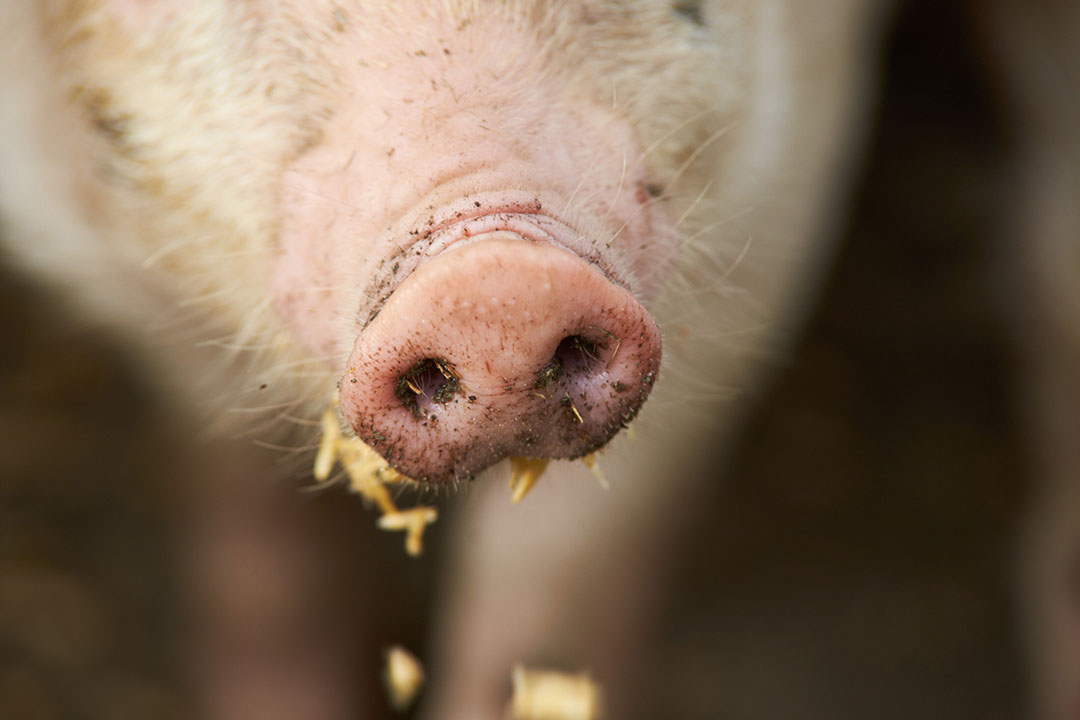
Impact of climate change on swine housing systems
Increasing global temperatures will have a lasting impact on how pigs are produced. How can producers prepare for climate change? Read more on pages 36-37.
P&P Fair: Reform of UK pig industry is necessary
In the first post-Covid-19 edition of the British Pig & Poultry Fair in the United Kingdom, one thing became clear: a major reform of the UK pig sector is needed to stop the cyclical boom-and-bust scenario, which is currently seeing British pig producers lose £58/head (€68) in the first quarter of this year. Read more on pages 38-39.
Column: Analysing pig talk
On page 42, Irene Cemerlink, an interdisciplinary researcher focusing on pig behaviour, welfare and production, considers a recent piece of research that delved into the different sounds a pig can make. A better understanding of these sounds can help pig producers to make better management decisions, she explains.



